Kolekcja Bouviera obejmuje prawie 800 glinianych lamp oliwnych pochodzących z Egiptu i starożytnego Bliskiego Wschodu. Znajdującą się dziś w Szwajcarii prywatną kolekcję zgromadził podczas wieloletniego pobytu w Aleksandrii w latach 30-tych XX w. szwajcarski profesor prawa Maurice Bouvier. Nie jest to wszakże zbiór odzwierciedlający jedynie gusta czy też zainteresowania ikonograficzne właściciela. Zestaw lamp zaprezentowany w katalogu stanowiącym trzon tej publikacji to niemal pełen wachlarz typologicznych serii znanych z Egiptu od czasów Fenicjan po sułtanat mamelucki w średniowieczu, uzupełniony o typy lamp pochodzące z Bliskiego Wschodu, zakupione przez Bouviera podczas podróży do Libanu i Syrii. Szwajcarska kolekcja jest dziś drugim co do wielkości zbiorem, jeśli chodzi o tę kategorię zabytków, po kolekcji Muzeum Benaki w Atenach.
Publikacja stanowi kamień milowy w studiach nad egipskimi, syryjskimi i libańskimi zabytkami antycznego oświetlenia. Jest długo oczekiwaną syntezą w niezwykle trudnej i w gruncie rzeczy mało zbadanej, jeśli chodzi o te rejony starożytnego świata, dziedzinie badań. Lampy ujęte w katalogu pochodzą ze wszystkich okresów historycznych, ilustrując przy okazji często czysto egipską specyfikę, od czasów Fenicjan po okres mamelucki. Uzupełnieniem katalogu jest przegląd znaków producenckich na spodach lamp oraz motywów ikonograficznych zdobiących wierzchy rzymskich zabytków. Dla zainteresowanych będzie to asumpt do studiów nad lokalną egipską produkcją tych przedmiotów oraz charakteru i zakresu importów samych lamp, jak również rozpowszechniania motywów dekoracyjnych. To syntetyczne i diachroniczne spojrzenie na lampki z kolekcji zilustrowane jest kolorowymi i czarnobiałymi fotografiami wnuka kolekcjonera, Marka Bouviera.
Badacze starożytnych lamp z Egiptu i Bliskiego Wschodu otrzymują przy okazji pełną bibliografię tematu, zebraną przez autora, specjalistę w zakresie oświetlenia od starożytności po czasy nowożytne, który poświęcił tej dziedzinie ponad 20 lat pracy badawczej, także od strony antropologicznej, społecznej, religijnej i makroekonomicznej, czemu dał wyraz w obszernym wstępie.
Tom opatrzył przedmową Tomasz Waliszewski, a słowo wstępne przygotowała Jolanta Młynarczyk.
La collection Bouvier est le fruit d'une fascination pour un objet qui, pendant pres de deux millénaires, fut bien plus qu'un simple outil domestique indispensable. Lors de son séjour a Alexandrie dans la premiere moitié du XXe siecle, séduit par la beauté des formes et des décors de lampes a huile, Maurice Bouvier, professeur suisse de droit, constitua un corpus de pres de 800 lampes, en choisissant ses exemplaires avec méticulosité, afin de rassembler la plus large panoplie possible de types et de motifs décoratifs. Aujourd'hui, la collection suisse représente - en termes de richesse - le deuxieme corpus d'Europe de lampes d'Égypte et du Proche-Orient, apres celui conservé au Musée Benaki a Athenes.
L'ouvrage que nous soumettons au lecteur est une pierre milliaire dans la recherche sur la lychnologie égyptienne, syrienne et libanaise. La présentation raisonnée du matériel offre en effet une synthese tant attendue de ce champ de recherche difficile et jusqu'a ce jour insuffisamment connu. Le corpus des lampes présentées dans le catalogue couvre toutes les grandes périodes historiques, tout en mettant en relief les spécificités locales de l'Égypte et du Proche-Orient, de l'époque phénicienne jusqu'a la période mamelouke. Il propose aux chercheurs et aux amateurs une approche synthétique et diachronique des lampes en terre cuite d'Égypte et du Proche-Orient, a travers une étude accompagnée de la plus exhaustive des bibliographies possibles et illustrée par des photographies d'exception, oeuvre de Marc Bouvier, petit-fils du collectionneur.
L'étude des lampes est secondée d'une revue systématique des marques d'atelier qui figurent sur les bases et des motifs iconographiques ornant les disques, ce qui permettra d'étendre et d'approfondir les recherches sur l'ampleur de la production locale en Égypte ainsi que sur les sources d'importations des lampes et des motifs décoratifs. La bibliographie élaborée par l'auteur, couvrant l'ensemble de la littérature du sujet, sera sans aucun doute d'une grande utilité, et pour longtemps, pour tous ceux qui étudient cette catégorie d'objets provenant d'Égypte et du Proche-Orient.
The Bouvier Collection presents a corpus of almost 800 clay oil lamps from Egypt and the Near East, collected by the Swiss Maurice Bouvier in Alexandria in the first half of the 20th century. Far from collections reflecting their owner's aesthetic taste or iconographic predilection, the series of lamps published in this volume builds a true panoply of almost all the typologies attested in Egypt from the Phoenician period to the Mamluk sultanate, with a large appendix on Near Eastern types, acquired during trips to Lebanon and Syria. This Swiss collection today is second only to the holdings of the Benaki Museum in Athens.
The volume is a milestone of Egyptian, Syrian and Lebanese lychnological studies. The presentation of the material offers in effect a long awaited synthesis of a field that is both difficult and still understudied. The corpus of lamps in the catalog covers all the major historical periods, bringing to the fore many local specificities of Egypt and the Near East, from Phoenician times through the Mamluk period. Complementing the catalog are reviews of the producer's marks on the bases of the lamps and of the iconographic motifs decorating the discuses of Roman lamps. These will be a ready aid for studies of the actual lamps, both produced locally in Egypt and imports, as well as of the dissemination of decorative motifs. This synthetic and diachronic approach is illustrated by a set of exceptional photographs taken by the collector's grandson, Marc Bouvier.
Students of this category of objects from Egypt and the Near East are also given an exhaustive bibliography on the subject collected by the author, an expert lychnologist, who has dedicated the past twenty years to research on lighting devices and ancient oil lamps in particular. He has given voice to his interests, including the anthropological, social, religious and macro-economic aspects of lighting in antiquity, in an extensive introduction preceding the catalog.
The volume is prefaced by Tomasz Waliszewski and introduced by Jolanta Młynarczyk.


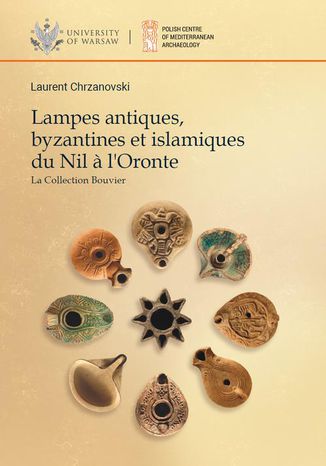
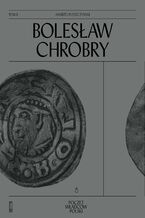

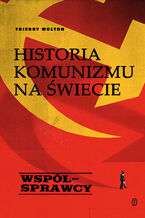
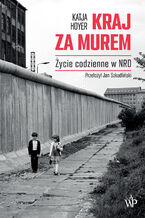
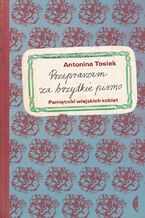















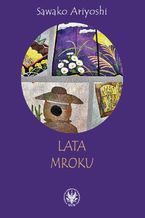

Oceny i opinie klientów: Lampes antiques, byzantines et islamiques du Nil a l'Oronte Laurent Chrzanovski
(0)